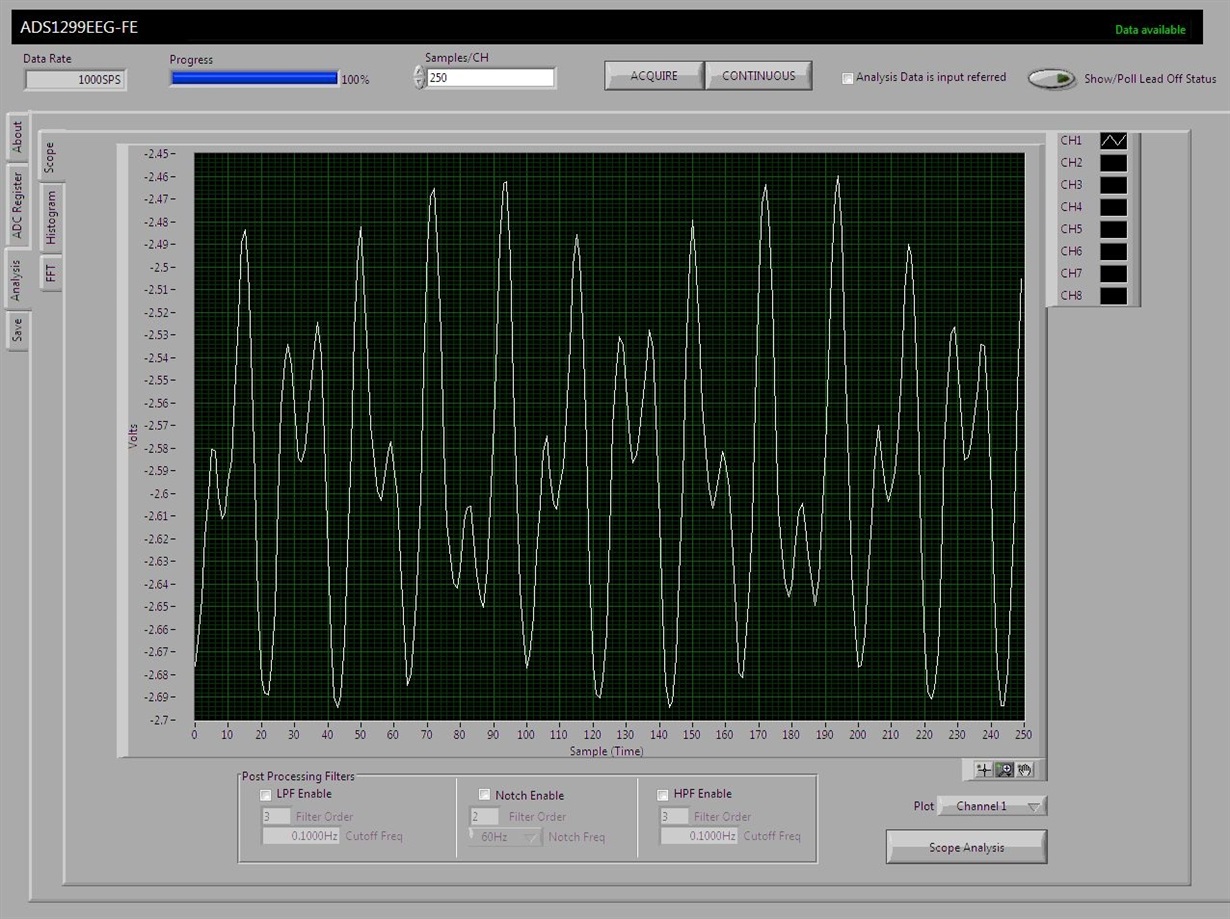Hello everyone,
In ads1299 tha PGA is given as 1, 2, 4, 6,8,12,24....what's hapening when the following gains are selected??As am new to this area am struggling a lot with this PGA setting...I need to know whats happening behind this when the gain values are selected...As eeg signals requires thousands of gain and here the gain is given as 24 i am confused about the working....will anyone plz explain this in detail...thanks in advance




